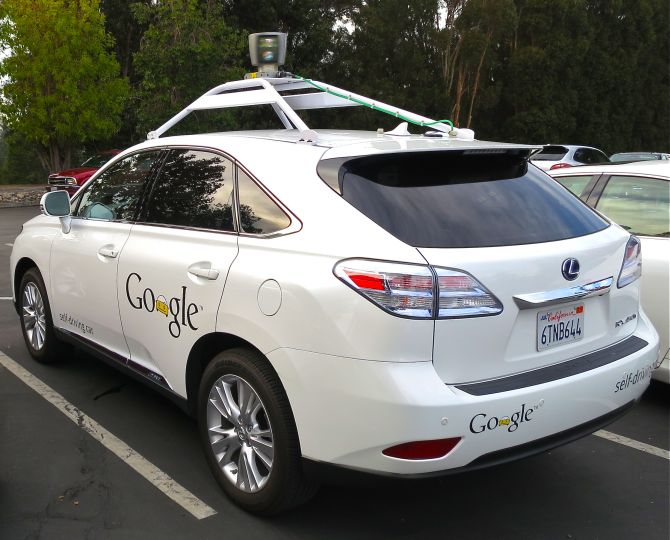Photographs: Enrique Marcarian/Reuters
Google's data-aggregating tool overestimated the prevalence of the influenza virus in the US during the 2011-2012 and 2012-2013 flu seasons by more than 50 per cent, a new study has claimed.
Researchers examined Google Flu Trend, which was designed to provide real-time monitoring of flu cases around the world based on Google searches that matched terms for flu-related activity.
"Google Flu Trend is an amazing piece of engineering and a very useful tool, but it also illustrates where 'big data' analysis can go wrong," said Ryan Kennedy, University of Houston political science professor.
. . .
The flu bug bit Google!
Photographs: Steve Jurvetson/Wikimedia Commons
Kennedy and co-researchers detail new study about the problematic use of big data from aggregators such as Google.
Even with modifications to the GFT over many years, the tool that set out to improve response to flu outbreaks has overestimated peak flu cases in the US over the past two years.
"Many sources of 'big data' come from private companies, who, just like Google, are constantly changing their service in accordance with their business model," said Kennedy.
"We need a better understanding of how this affects the data they produce. Otherwise we run the risk of drawing incorrect conclusions and adopting improper policies," said Kennedy.
. . .
The flu bug bit Google!
Image: A Google Android figurine sits on the welcome desk as employee Tracy McNeilly smiles at the Google office in Toronto, Canada.Photographs: Mark Blinch/Reuters
GFT overestimated the prevalence of flu in the 2012-2013 season, as well as the actual levels of flu in 2011-2012, by more than 50 per cent, according to the research.
Additionally, from August 2011 to September 2013, GFT over-predicted the prevalence of flu 100 out of 108 weeks.
The team also questions data collections from platforms such as Twitter and Facebook (like polling trends and market popularity) as campaigns and companies can manipulate these platforms to ensure their products are trending.
. . .
The flu bug bit Google!
Image: A view of Google's office in London.Photographs: Courtesy, Camenzind Evolution
The research paper contends there is room for data from the Googles and Twitters of the Internet to combine with the more traditional methodologies, in the name of creating a deeper and more accurate understanding of human behaviour.
"Our analysis of Google Flu demonstrates that the best results come from combining information and techniques from both sources," Kennedy said.
"Instead of talking about a 'big data revolution,' we should be discussing an 'all data revolution,' where new technologies and techniques allow us to do more and better analysis of all kinds," said Kennedy.
The study was published in the journal Science.





article